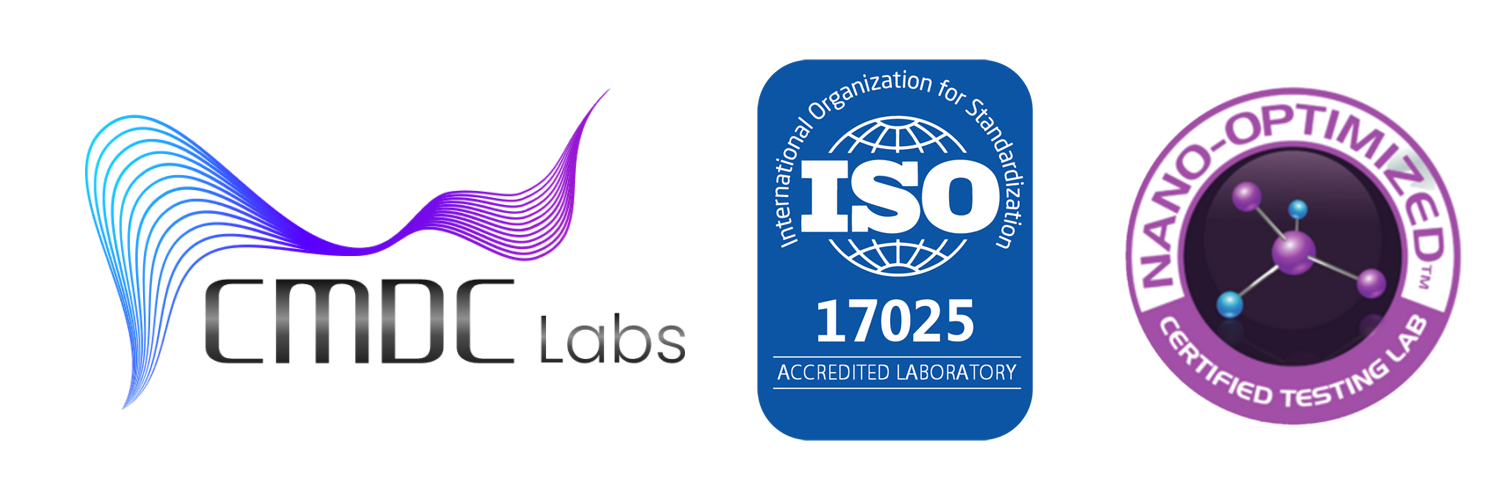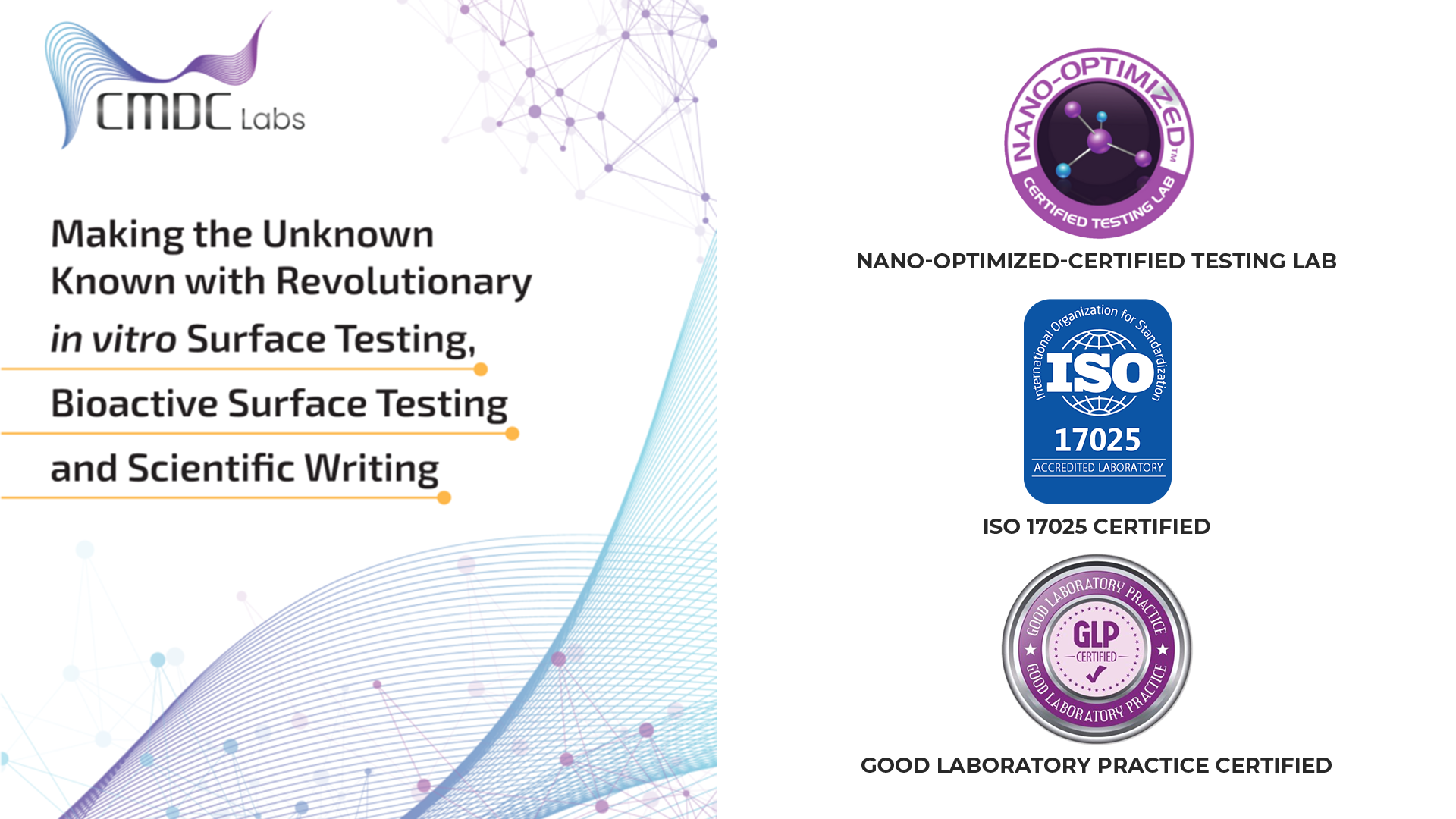Ensuring the sterility of pharmaceutical products is a cornerstone of patient safety and regulatory compliance. Sterility testing is a critical quality control measure that guarantees the absence of viable microorganisms in sterile pharmaceutical products. The United States Pharmacopeia (USP) <71> standard sets the guidelines for sterility testing, providing a framework to ensure the reliability and accuracy of these tests. At CMDC Labs, we adhere to the USP<71> standard to maintain the highest levels of pharmaceutical safety. This article explores the key principles and applications of USP<71> in sterility assurance.
Understanding USP<71>
USP<71>, also known as “Sterility Tests,” is a comprehensive guideline developed by the United States Pharmacopeial Convention. It outlines the procedures for sterility testing of pharmaceutical products, including injectables, ophthalmic solutions, and other sterile formulations. The standard aims to detect the presence of viable microorganisms that could compromise the sterility of a product, ensuring that the products are safe for patient use.
Key Components of USP<71>
- Sampling Procedures: USP<71> provides detailed instructions on the sampling of products for sterility testing. It specifies the number of samples to be tested based on the batch size, ensuring that the sample size is statistically significant to detect contamination.
- Test Methods: The standard outlines two primary methods for sterility testing: Membrane Filtration and Direct Inoculation.
- Membrane Filtration: This method involves passing the product through a membrane filter that captures any microorganisms. The filter is then incubated in a nutrient medium to allow the growth of any trapped microorganisms.
- Direct Inoculation: In this method, the product is directly inoculated into a nutrient medium. The medium is then incubated to promote the growth of any microorganisms present in the product.
- Incubation Conditions: USP<71> specifies the incubation conditions, including temperature and duration, to optimize the growth of microorganisms. Typically, samples are incubated at 20-25°C for bacteria and fungi and 30-35°C for bacteria for 14 days.
- Nutrient Media: The standard identifies suitable nutrient media for sterility testing, such as Fluid Thioglycollate Medium (FTM) and Soybean Casein Digest Medium (SCDM), which support the growth of a wide range of microorganisms.
- Validation and Controls: USP<71> requires the validation of sterility testing methods to ensure their accuracy, specificity, and reproducibility. This includes the use of positive and negative controls to validate the test conditions and procedures.
CMDC Labs’ Approach to USP<71> Compliance
At CMDC Labs, we follow the USP<71> standard meticulously to ensure the sterility of pharmaceutical products. Our approach encompasses several critical aspects:
Rigorous Method Validation
We conduct comprehensive validation studies to confirm that our sterility testing methods are reliable and effective. This includes testing the methods’ sensitivity, specificity, and robustness across different product types and formulations. Validation ensures that our testing procedures can accurately detect even low levels of contamination.
State-of-the-Art Facilities
Our laboratories are equipped with advanced technology and controlled environments to prevent contamination during sterility testing. This includes HEPA-filtered cleanrooms, laminar flow hoods, and automated testing systems that minimize human intervention and reduce the risk of contamination.
Experienced Team
Our team of microbiologists and lab technicians is highly trained in sterility testing procedures. Continuous training and competency assessments ensure that our staff is proficient in the latest techniques and best practices for sterility testing.
Quality Control Measures
We implement stringent quality control measures throughout the sterility testing process. This includes regular calibration and maintenance of equipment, thorough documentation of testing procedures, and routine internal audits to identify and address any areas for improvement.
Continuous Improvement
CMDC Labs is committed to continuous improvement in sterility testing. We stay updated with the latest developments in USP standards and industry best practices, incorporating new technologies and methodologies to enhance our testing capabilities.
Importance of USP<71> Compliance
Adhering to the USP<71> standard offers several benefits:
Ensuring Patient Safety
Sterility testing according to USP<71> helps to ensure that pharmaceutical products are free from harmful microorganisms, protecting patients from infections and other adverse effects.
Regulatory Compliance
Compliance with USP<71> is mandatory for pharmaceutical manufacturers seeking regulatory approval. Meeting this standard demonstrates a commitment to quality and safety, facilitating the approval process by regulatory bodies such as the FDA.
Building Consumer Confidence
Adhering to recognized standards like USP<71> builds trust with consumers and healthcare providers. It assures them that the products have undergone rigorous testing and meet the highest safety standards.
Conclusion
Sterility assurance is a critical component of pharmaceutical quality control, ensuring that products are safe for patient use. The USP<71> standard provides a robust framework for sterility testing, outlining the procedures and requirements to detect viable microorganisms. At CMDC Labs, we adhere to the USP<71> standard to maintain the highest levels of sterility assurance, leveraging advanced technology, experienced staff, and stringent quality control measures. Our commitment to compliance and continuous improvement ensures that we deliver reliable and accurate sterility testing services, safeguarding public health and supporting pharmaceutical innovation.
References
- United States Pharmacopeia (USP). “USP <71> Sterility Tests.”
- Food and Drug Administration (FDA). “Guidance for Industry: Sterile Drug Products Produced by Aseptic Processing.”
- European Pharmacopoeia. “Chapter 2.6.1: Sterility.”

